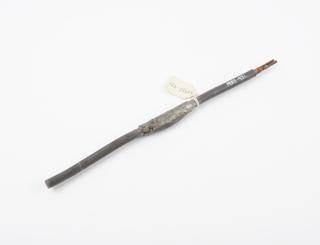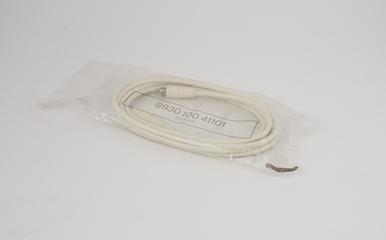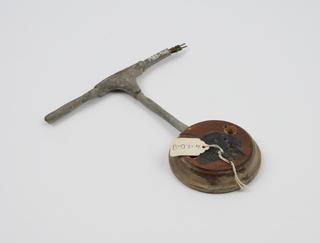


Two Leads

Connecting lead for the Philips video cassette recorder (type N1502)
1970-1980

Connecting lead for the Philips video cassette recorder (type N1502)
1970-1980

Switch outlet
Two-core cable sample
Insulated joint
Two-core cable sample
Lead ingots, mid 19th century.
1831-1870
Samples of ignition control additives for petrol engines by Associated Octel
1970
Main cable
1889
Joint in lead sheathed cables
Lead from the Elliott 401 computer
1952-1953
Power supply lead, with steel tubular connectors at one end
1931